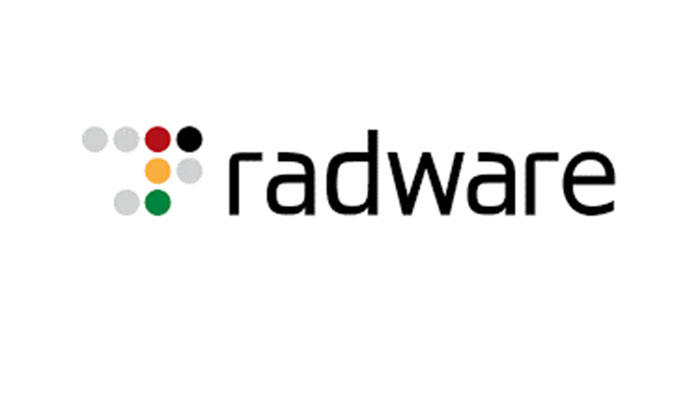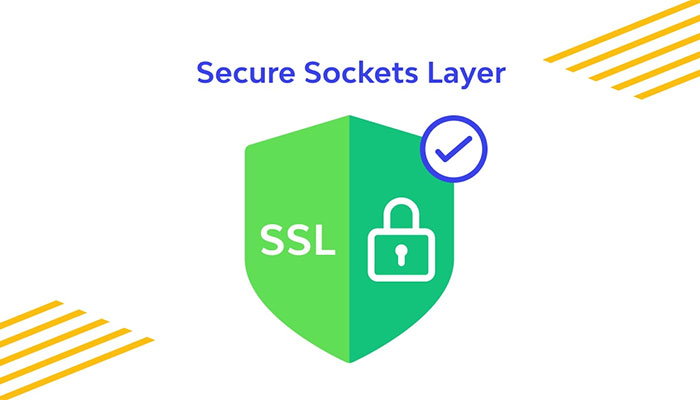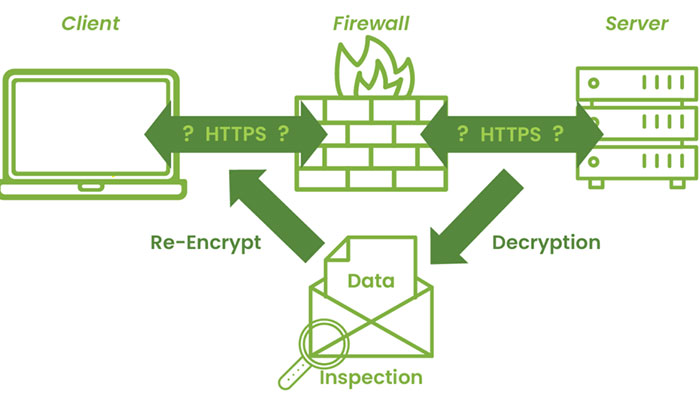SSL Inspection
Home » Security License » Radware » Application Delivery » SSL Inspection
Secure Sockets Layer (SSL) inspection is a critical component of web security, as it allows organizations to inspect encrypted web traffic for potential security threats. SSL inspection license enables organizations to perform this inspection by decrypting and re-encrypting SSL traffic. In this article, we will discuss the key features of the SSL inspection license and how it can be used to mitigate web security risks and threats.

Key Features of SSL Inspection License
SSL inspection license provides a range of features that enable organizations to inspect encrypted web traffic securely. One of the key features of an SSL inspection license is its ability to decrypt SSL traffic without compromising the integrity of the traffic. This is achieved by using a private key that is shared between the SSL inspection system and the web server. Once the traffic is decrypted, it can be inspected for potential security threats.
Another key feature of the SSL inspection license is its ability to re-encrypt the traffic after inspection. This ensures that the traffic remains secure during transmission. Additionally, SSL inspection licenses can be configured to block traffic that contains potential security threats, providing an additional layer of protection against web security risks.
SSL inspection license also provides the ability to inspect traffic across a range of protocols, including HTTPS, SMTPS, and FTPS. This ensures that all encrypted traffic is inspected, regardless of the protocol used.
How SSL Inspection License Helps to Mitigate Web Security Risks and Threats
SSL inspection license helps to mitigate web security risks and threats by enabling organizations to inspect encrypted web traffic for potential security threats. By inspecting encrypted traffic, organizations can identify and block potential security threats, such as malware, phishing attacks, and data exfiltration attempts.
Additionally, SSL inspection licenses can be used to enforce organizational policies related to web security. For example, organizations can use SSL inspection licenses to block access to websites that are known to be malicious or to enforce the use of strong SSL encryption protocols.
Integration of SSL Inspection License with Other Security Solutions
SSL inspection licenses can be integrated with other security solutions to provide comprehensive protection against web security threats. For example, it can be integrated with a security information and event management (SIEM) solution to provide real-time threat visibility. It can also be integrated with a network security solution to provide protection against network-based attacks.
Best Practices for Monitoring and Maintaining SSL Inspection
To ensure that SSL inspection license is functioning correctly, it is essential to monitor and maintain it regularly. This includes monitoring traffic logs to detect potential threats. It also includes monitoring system logs to ensure that the system is functioning correctly.
Additionally, it is recommended to perform regular system updates and backups to ensure that the system is up-to-date and can be restored in the event of a failure. Regular system updates also ensure that the latest security patches are applied.
How SSL Inspection License Improves Web Security
There are many real-world examples of how an SSL inspection license has improved web security. For example, a large financial services company implemented an SSL inspection license to inspect encrypted web traffic for potential security threats. After implementing the SSL inspection license, the company saw a significant reduction in the number of security incidents, resulting in improved security and increased customer confidence.
SSL Inspection License VS Other Web Security Solutions
There are many web security solutions available in the market. However, SSL inspection license stands out due to its ability to inspect encrypted web traffic for potential security threats. Additionally, SSL inspection licenses can be integrated with other security solutions to provide comprehensive protection against web security threats.
Future of Web Security with SSL Inspection License
The future of web security looks promising with an SSL inspection license. As the threat landscape continues to evolve, SSL inspection license is expected to continue to provide robust protection against web security threats. Additionally, as organizations continue to adopt cloud-based solutions, SSL inspection license is expected to provide seamless integration with these solutions.
Why SSL Inspection License is a Must-Have for Secure Web Traffic Inspection
In conclusion, SSL inspection license is a critical component of web security, as it enables organizations to inspect encrypted web traffic for potential security threats. Its advanced security features, ease of deployment and configuration, and integration with other security solutions make it amust-have for organizations that want to protect their web traffic from potential security threats. With its ability to decrypt and re-encrypt SSL traffic securely, inspect traffic across a range of protocols, and enforce organizational policies related to web security, SSL inspection license is a powerful tool for web security.
Additionally, its ease of deployment and integration with other security solutions make it a versatile and valuable addition to any organization’s security toolkit. By implementing an SSL inspection license, organizations can ensure that their web traffic is protected against a wide range of threats, providing improved security and increased customer confidence. Overall, SSL inspection license is a critical component of modern web security, and its importance is only expected to grow as the threat landscape continues to evolve.



